
Peoples and Languages
Social Media
Leave comments, suggestions, keep an eye on news in our groups on VK, Odnoklassniki and Telegram channel

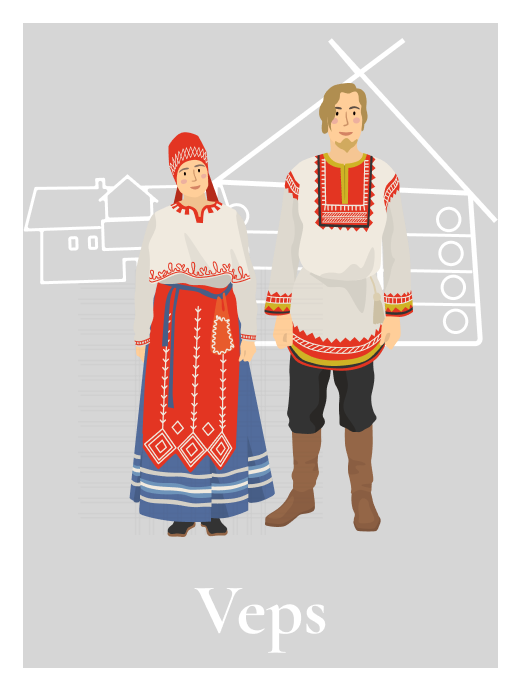
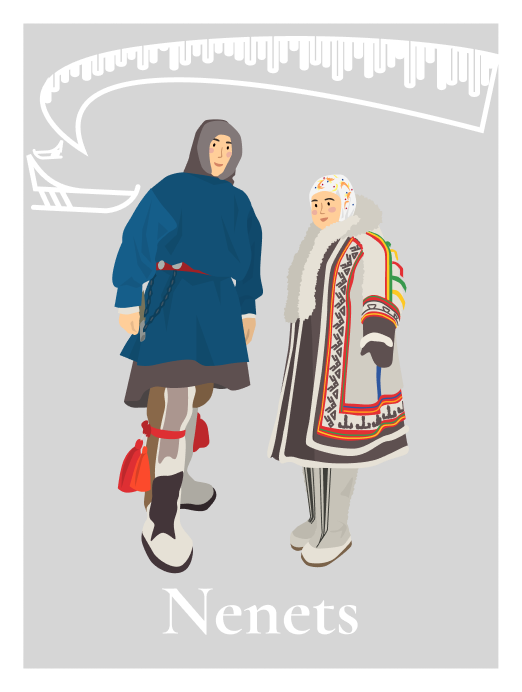
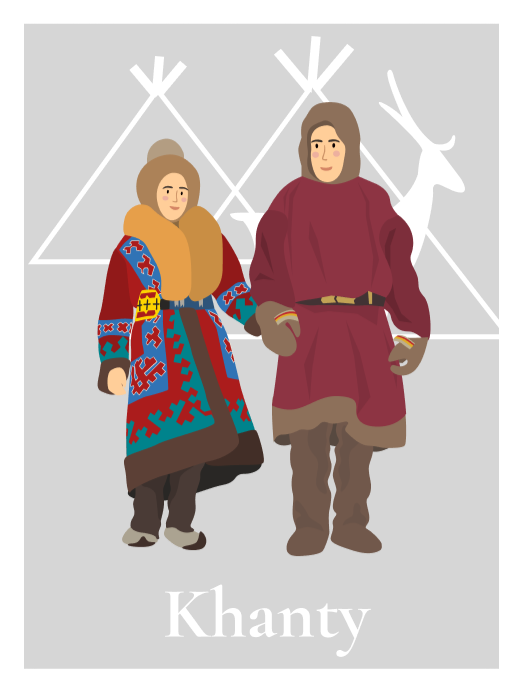


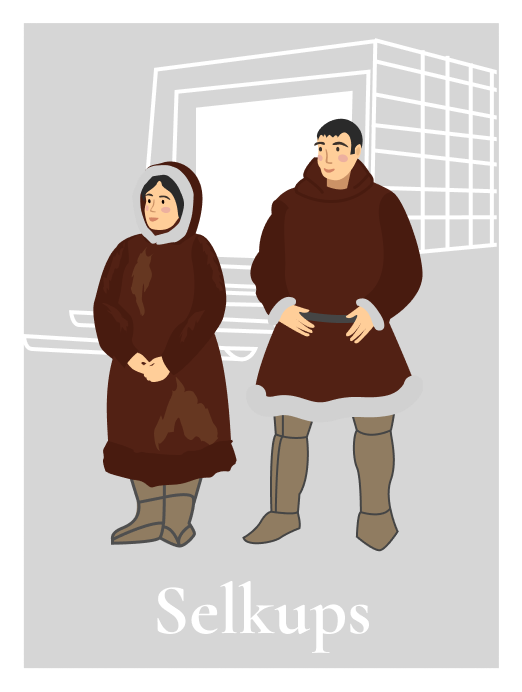
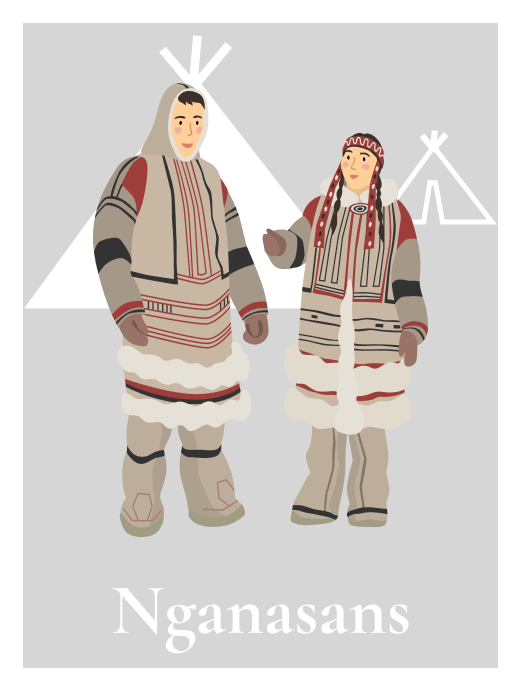
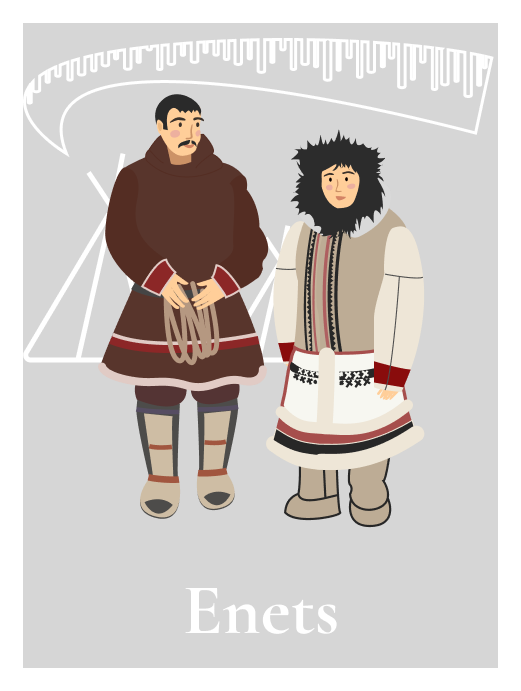

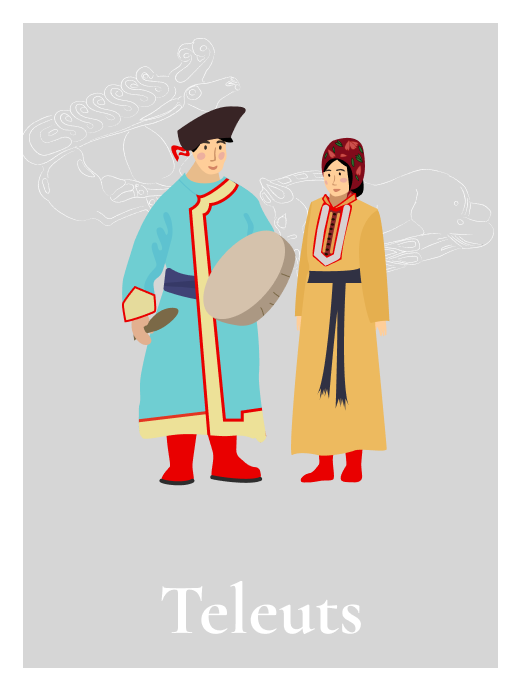


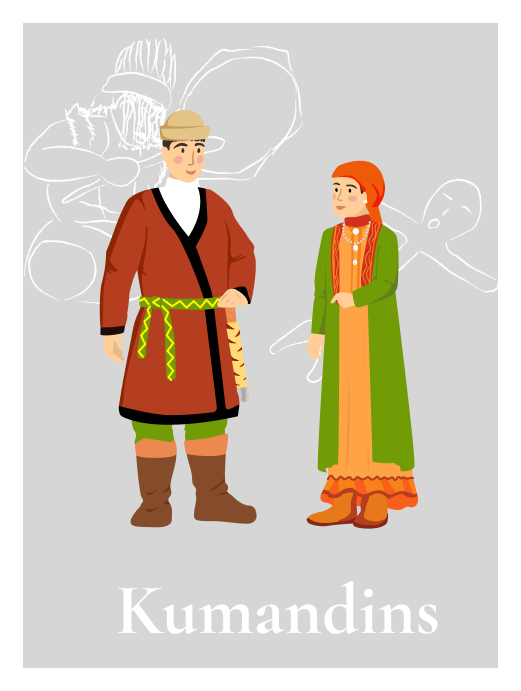
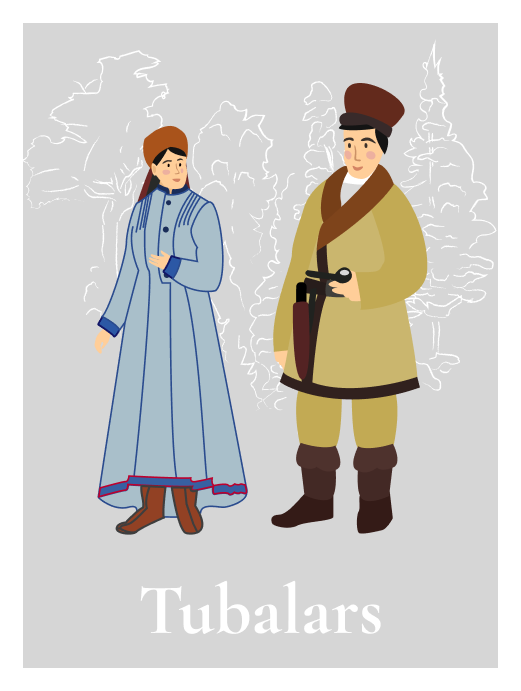
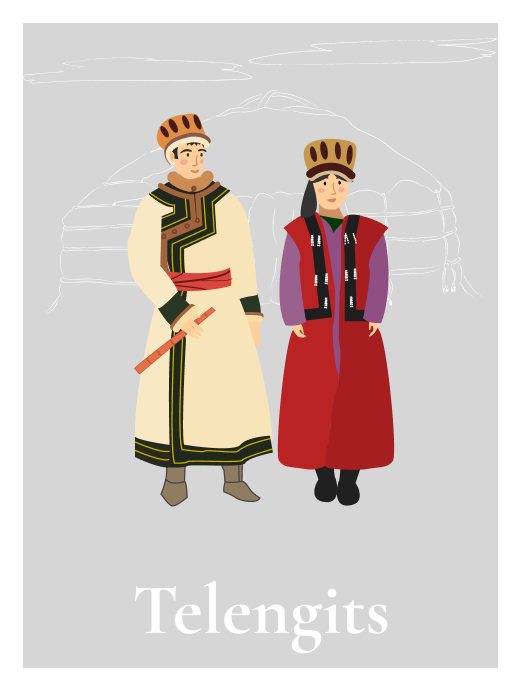


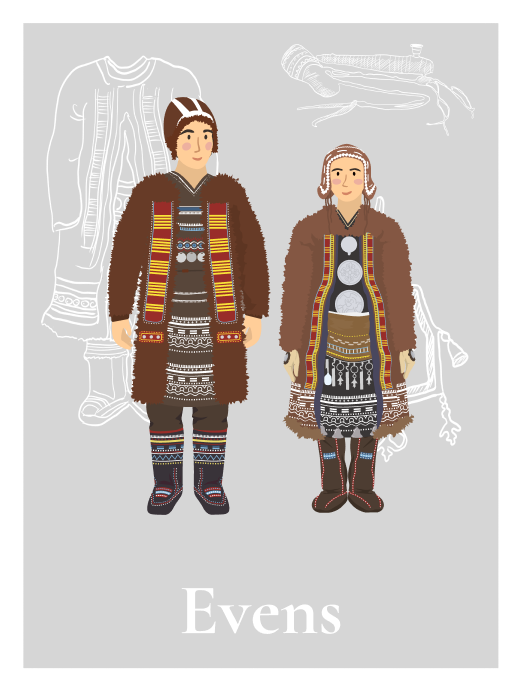
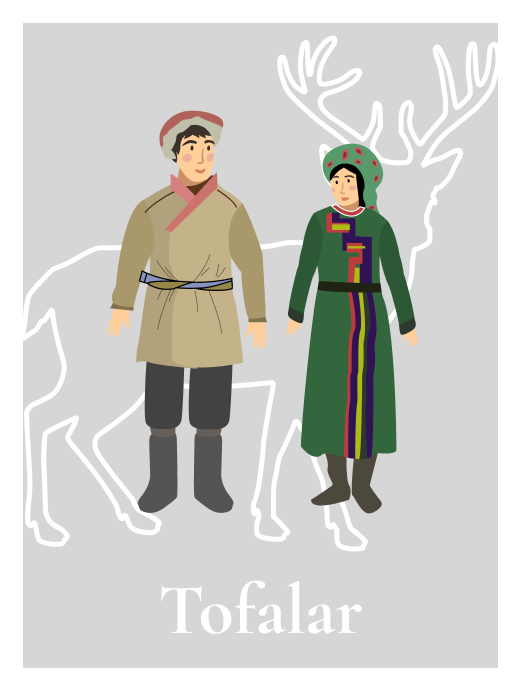
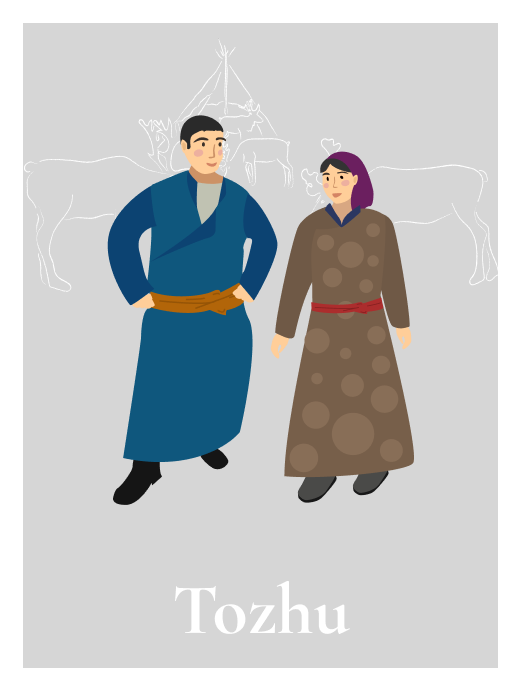
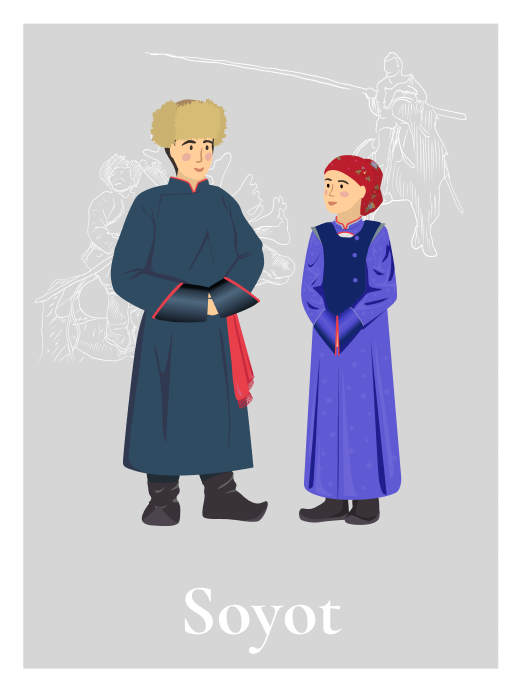
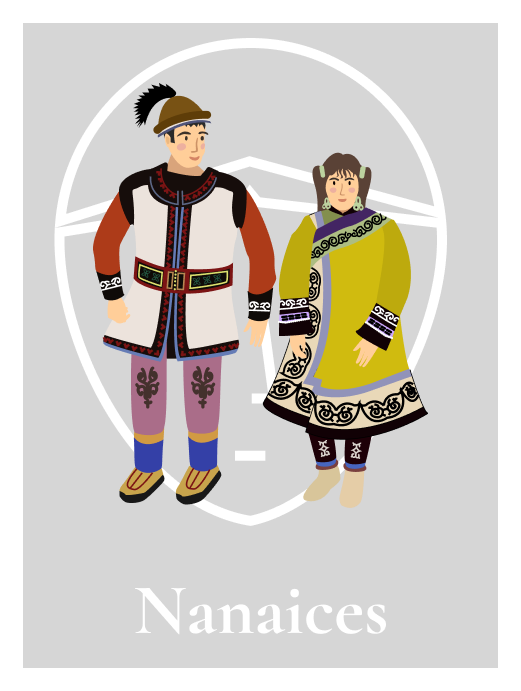
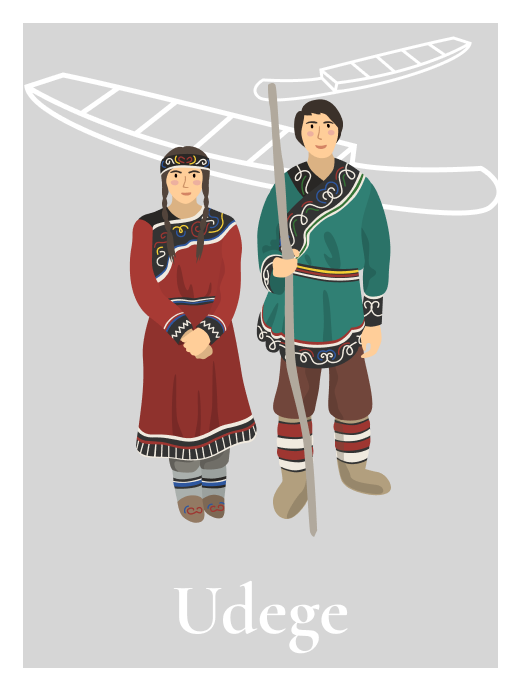

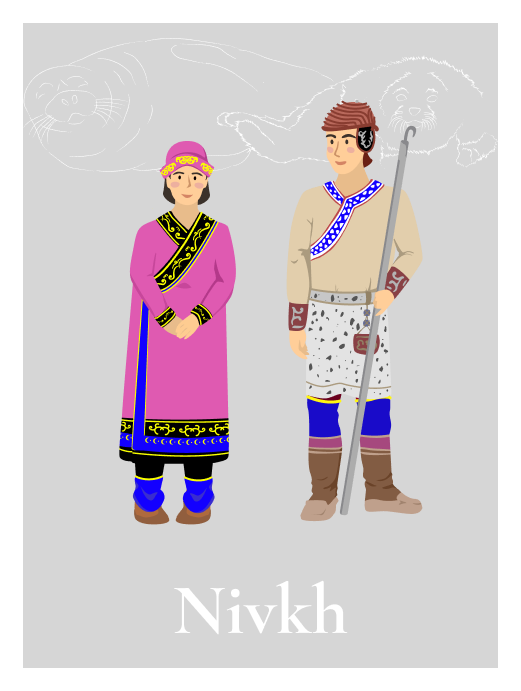




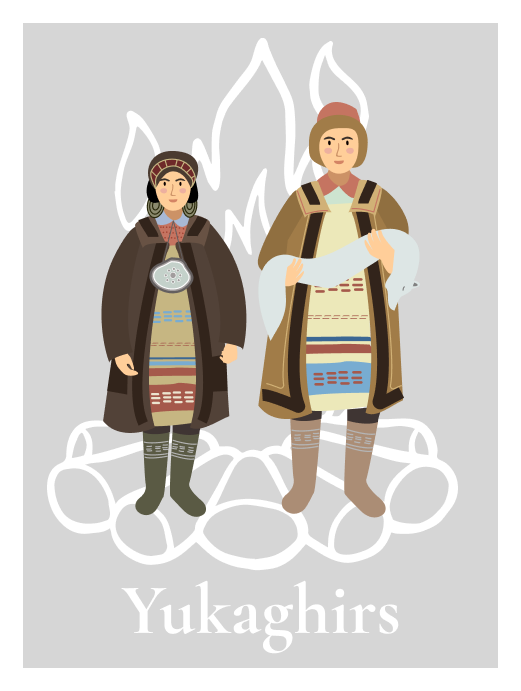

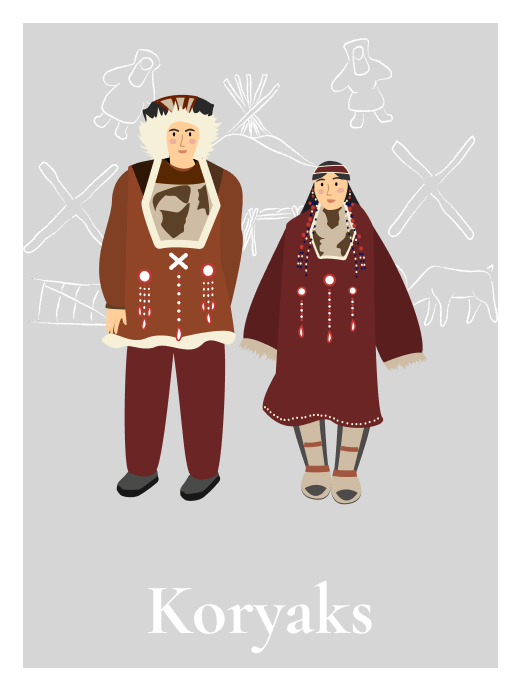

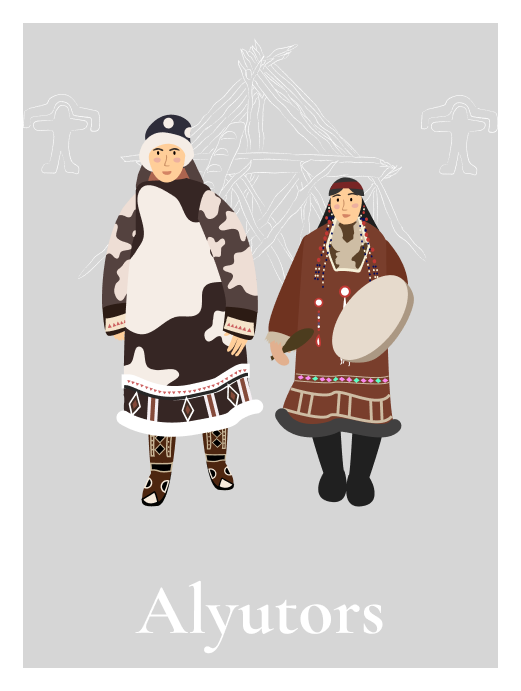

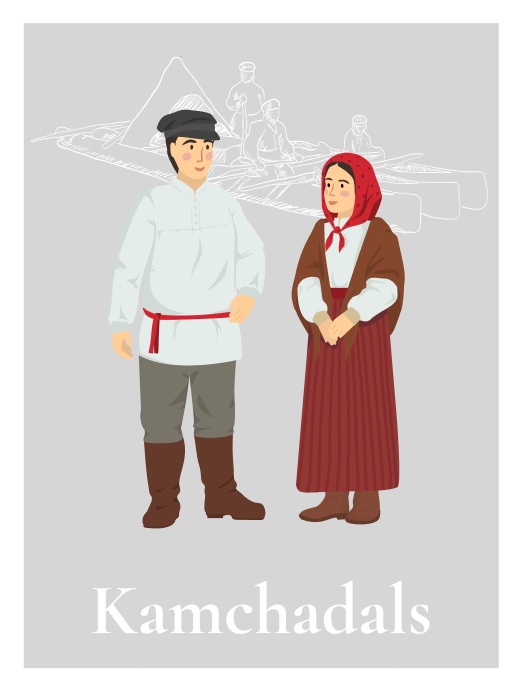
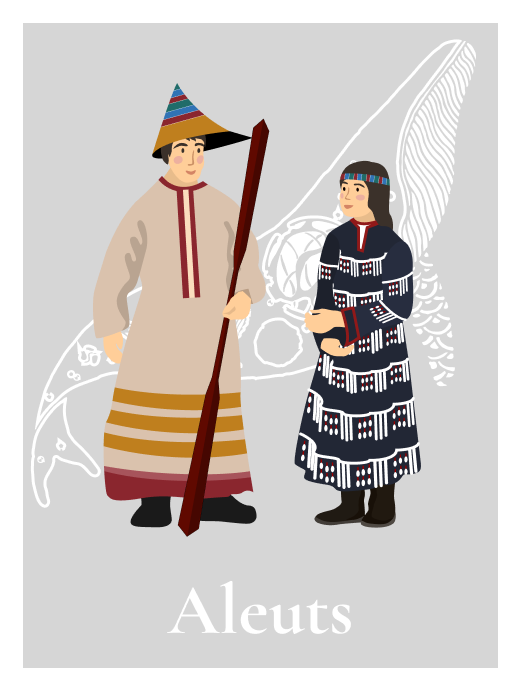

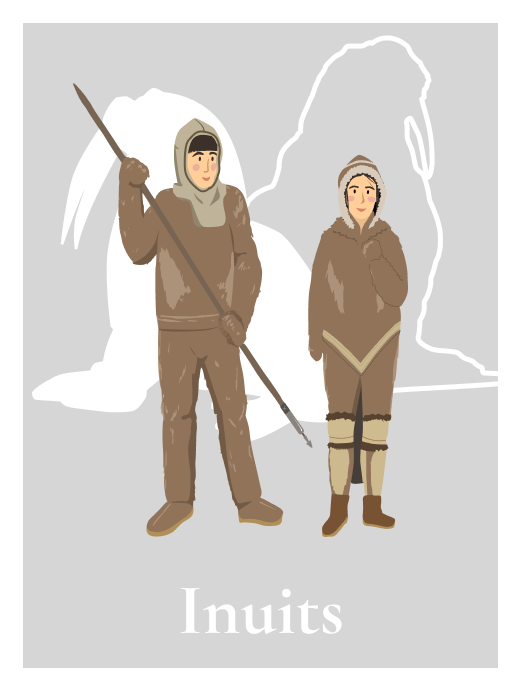
Evenks, Yakuts, and Negidals called the Nanai natki, natkans, ngatki; the Ainu and the Nivkh called them ants; Yerofey Khabarov’s records preserved the ethnonym the Achan connected with the Akkhani territorial group that lived along the Amur from the mouth of the Sungari and to the village of Sakachi-Alyan (today it is called Sikachi-Alyan) and along the Ussuri. The ethnonym Goldes was the Nanai’s official name before the revolution and can be found in the documents and literature of the time.
Most Nanai live in the Khabarovsk territory. The Khabarovsk territory is Russia’s large industrial region with well-developed engineering, oil refining, timber processing, the energy sector, mining, commercial fishing, and other sectors. One major advantage of the territory is its mineral resource potential. The Khabarovsk territory has major timber resources, 67 % of its area are covered with forests. The Khabarovsk territory’s water supply is one of the largest in Russia.
The Nanai’s traditional worldview is based on animating and personifying forces of nature and on harmonious relations between nature and human beings. Shamanism was central to the Nanai’s religious and mythological system. The Nanai’s worldview also experienced some influence of the Far Eastern Buddhism and, to a lesser degree, of Orthodox Christianity.